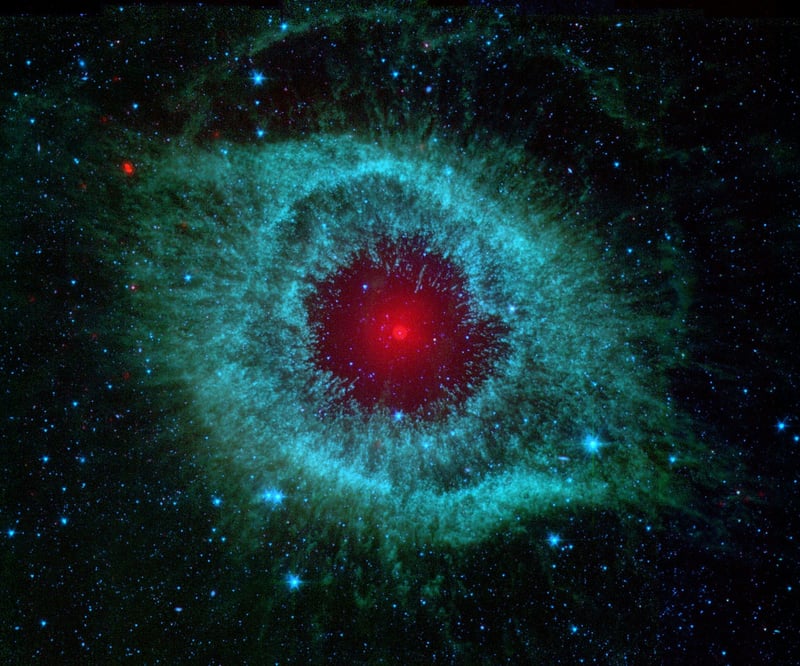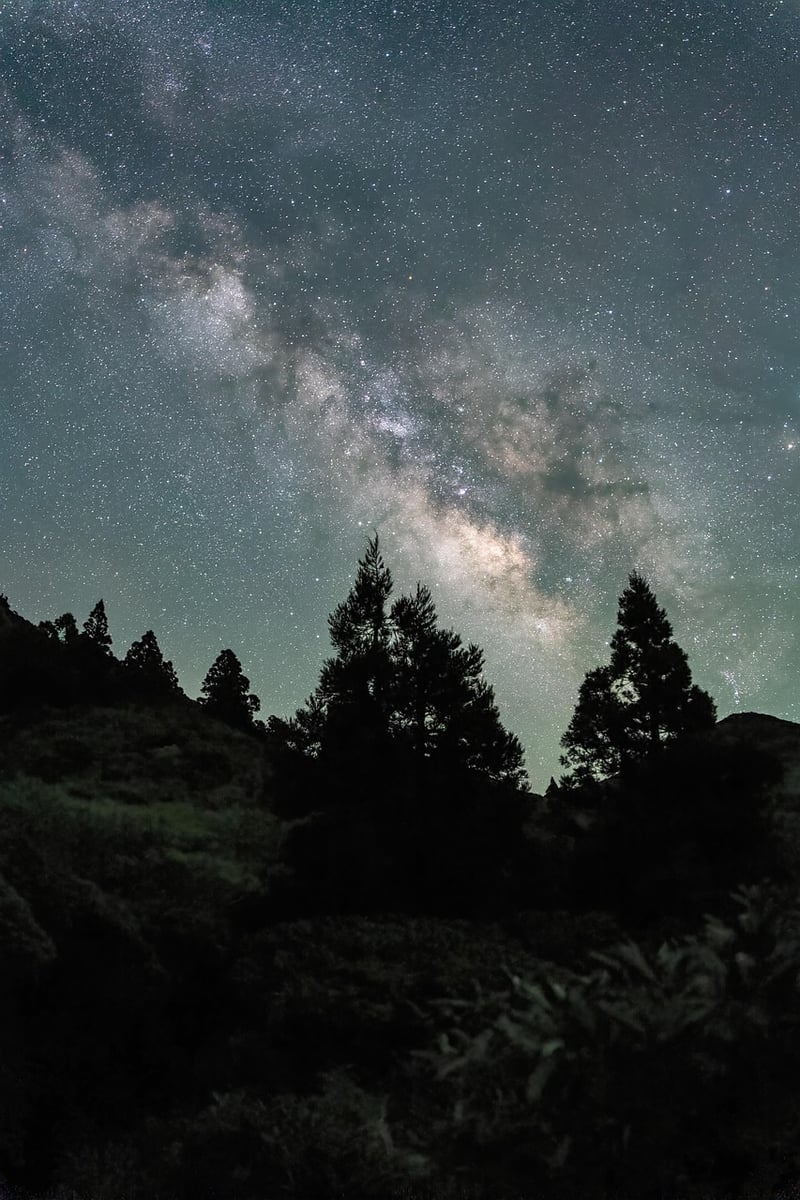Nebulae
Unveil Cosmic Wonders: Exploring the Enchanting Nebulae

Welcome to a journey through the mesmerizing world of nebulae, where cosmic wonders and celestial beauty collide in a spectacular display of colors and shapes. Nebulae are vast clouds of dust, hydrogen, helium, and other gases where stars are born and where they eventually meet their end in a stunning cosmic dance.
Types of Nebulae:
- H II Regions: These are emission nebulae consisting of ionized hydrogen gas that glows with a characteristic red hue.
- Reflection Nebulae: These nebulae reflect the light of nearby stars, appearing blue due to the scattering of light by dust particles.
- Planetary Nebulae: The glowing shells of gas ejected by dying stars create these intricate and colorful nebulae.
- Supernova Remnants: These nebulae are the remnants of massive star explosions, displaying chaotic shapes and structures.

Notable Nebulae:
Among the vast array of nebulae in our universe, some stand out for their beauty and significance:
- Orion Nebula: Located in the Orion constellation, this is one of the brightest nebulae visible from Earth.
- Crab Nebula: A supernova remnant in the Taurus constellation, it is a source of fascination for astronomers.
- Helix Nebula: Also known as the "Eye of God," this planetary nebula is a celestial jewel in the Aquarius constellation.

Exploring Nebulae:
Witnessing the beauty of nebulae can be a breathtaking experience, whether through telescopes, space missions, or stunning images captured by spacecraft. These cosmic wonders remind us of the vastness and complexity of the universe we inhabit.
So, take a moment to gaze at the stars, ponder the mysteries of the cosmos, and immerse yourself in the enchanting world of nebulae.
